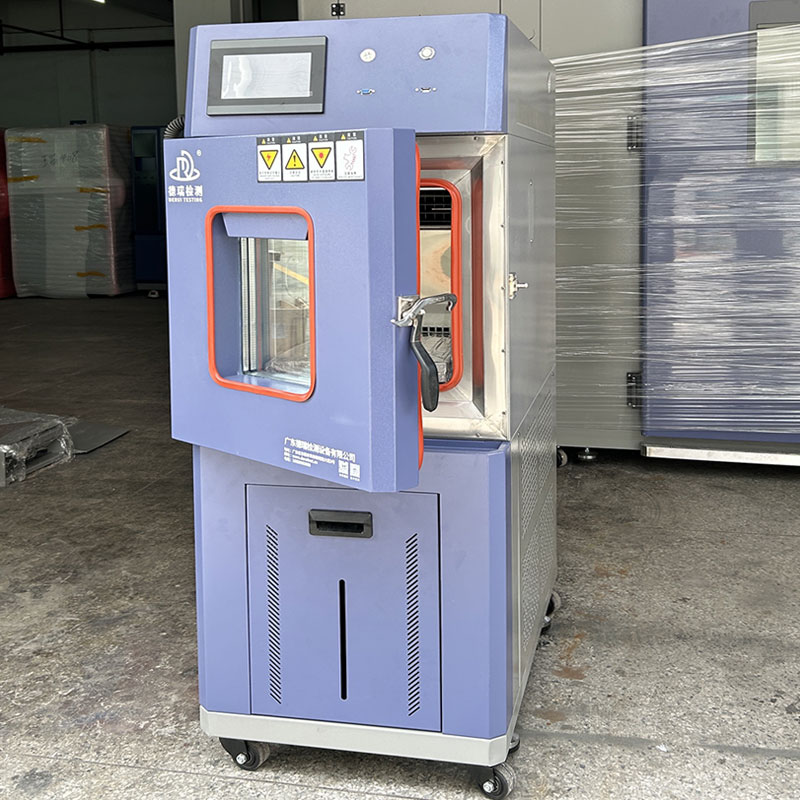
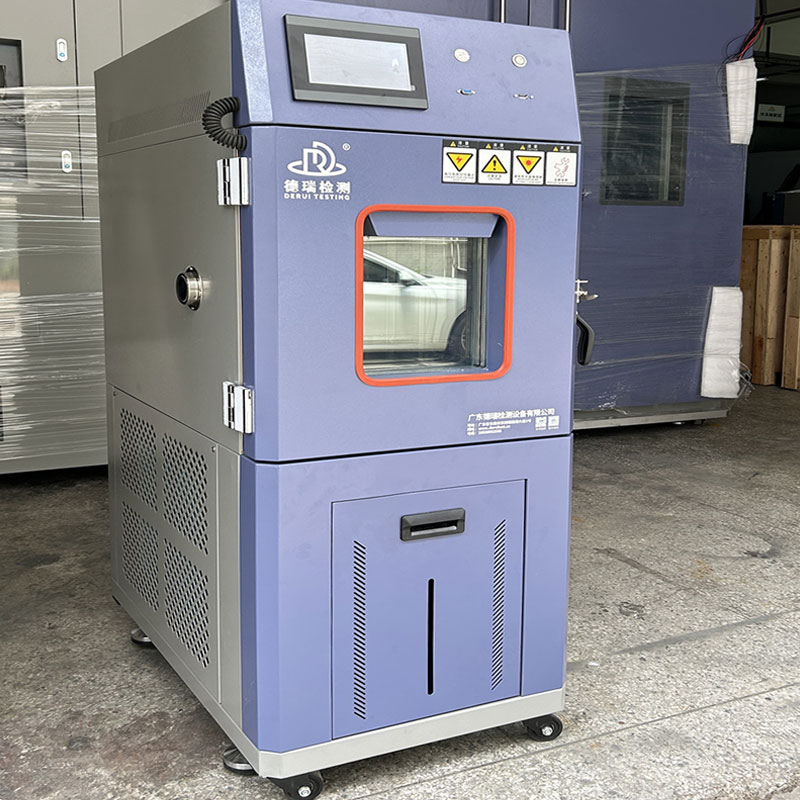
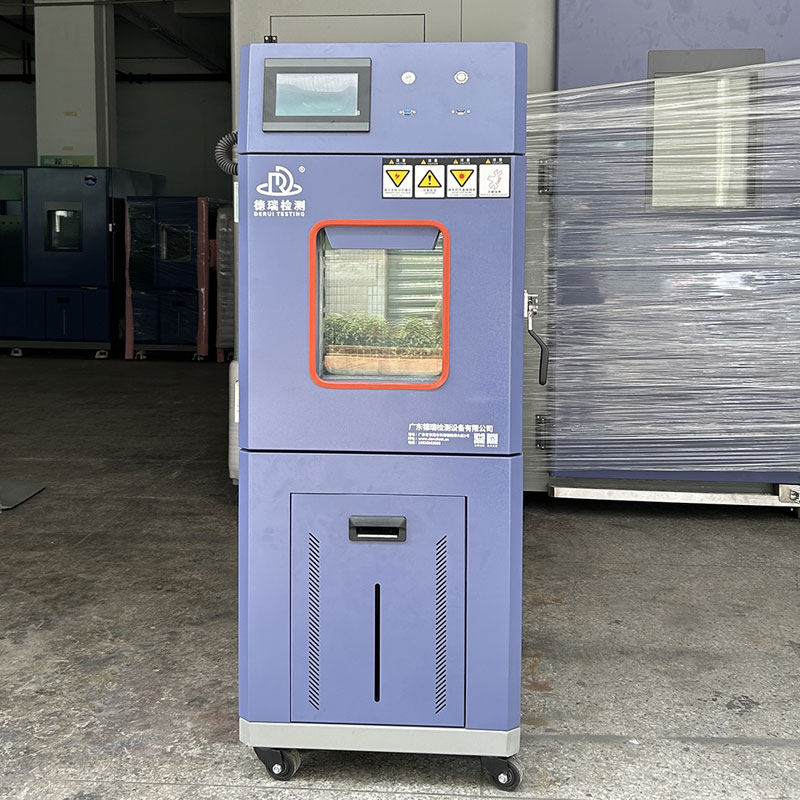
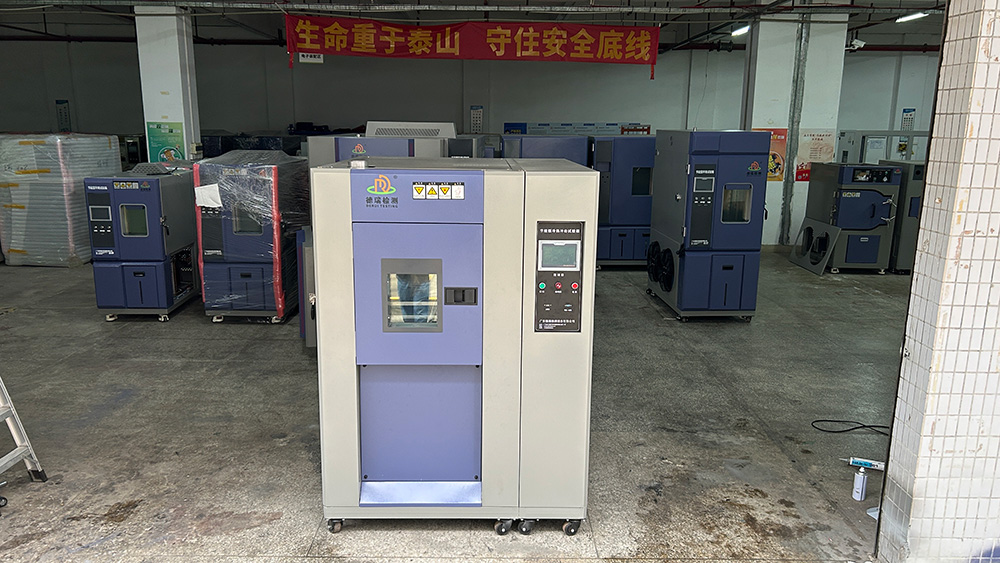
High Humidity Test Chamber 98% RH - Anti-Condensation Technology for PCB Testing
Product Details:
High Humidity Test Chamber 98% RH - Anti-Condensation Technology for PCB Testing Price And Quantity
- 1 Unit
- 28000.0 INR/Unit
High Humidity Test Chamber 98% RH - Anti-Condensation Technology for PCB Testing Trade Information
- Cash in Advance (CID)
- 100 Unit Per Month
- 10 Days
- All India
Product Description
FAQs for Temperature and Humidity Change Test Chamber
1. What is a Temperature and Humidity Change Test Chamber?
A temperature and humidity change test chamber simulates extreme environmental conditions to evaluate product durability under rapid thermal cycling (-70C to +180C) and humidity variations (10% to 98% RH). It is widely used in electronics, automotive, and aerospace industries for reliability testing.
2. How Does a Temperature Humidity Test Chamber Work?
The chamber uses compressor-based cooling, electric heaters, and steam generators to create precise temperature and humidity profiles. Advanced models feature programmable controllers, real-time data logging, and compliance with IEC 60068-2-1 and MIL-STD-810 standards.
3. Why is Temperature and Humidity Testing Critical?
Testing ensures products withstand harsh environments, preventing failures caused by thermal stress, condensation, or material degradation. Industries like EV battery manufacturing and medical devices rely on these tests for safety certifications and regulatory compliance.
4. What Industries Use Temperature Humidity Change Chambers?
-
Electronics: PCB, semiconductors, and consumer devices.
-
Automotive: EV batteries, sensors, and interior components.
-
Aerospace: Avionics and composite materials.
-
Pharmaceuticals: Drug stability and packaging testing.
5. What Standards Do These Chambers Comply With?
Top chambers meet IEC 60068, ASTM D4332, JEDEC JESD22, and ISO 16750-4. Compliance ensures global acceptance for certifications like CE, UL, and IATF 16949.
6. How to Calibrate a Temperature Humidity Chamber?
-
Use NIST-traceable sensors for accuracy verification.
-
Perform annual calibration via accredited labs following ISO 17025 guidelines.
-
Validate temperature uniformity (1C) and humidity stability (2% RH).

Price:
- 50
- 100
- 200
- 250
- 500
- 1000+






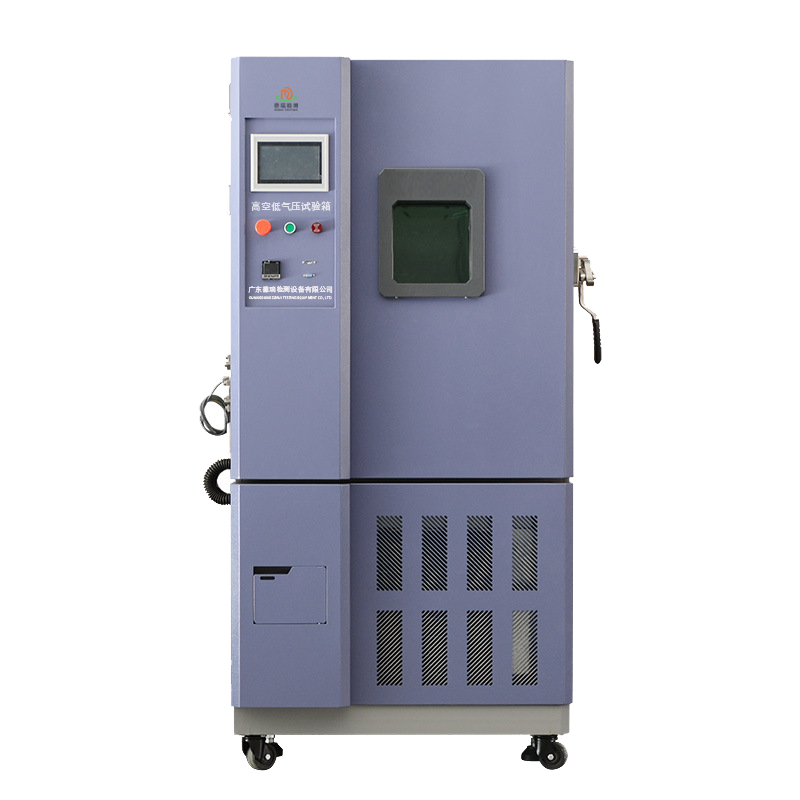
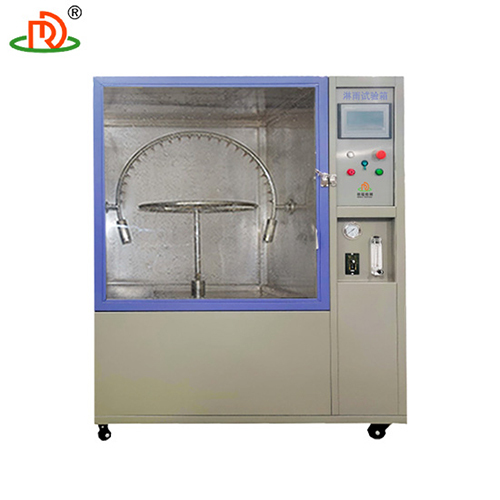
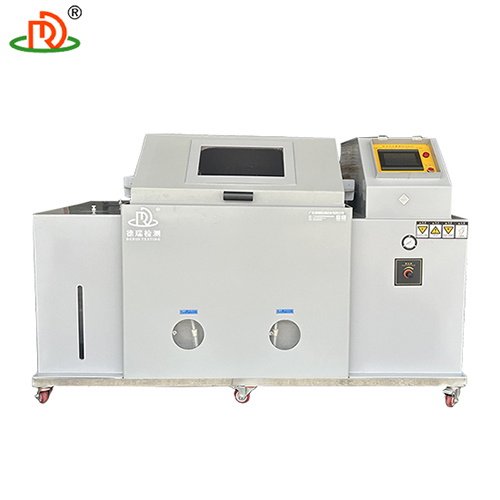
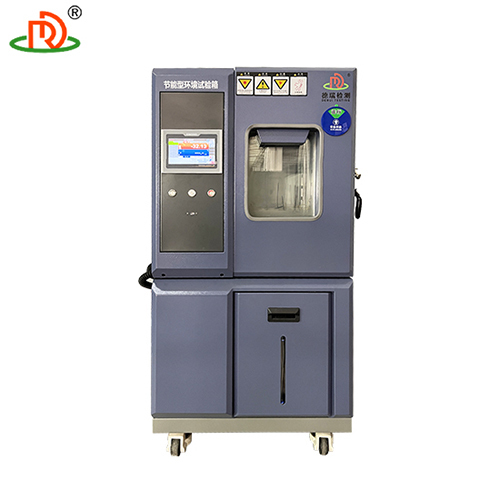

 English
English Spanish
Spanish French
French German
German Italian
Italian Chinese (Simplified)
Chinese (Simplified) Japanese
Japanese Korean
Korean Arabic
Arabic Portuguese
Portuguese